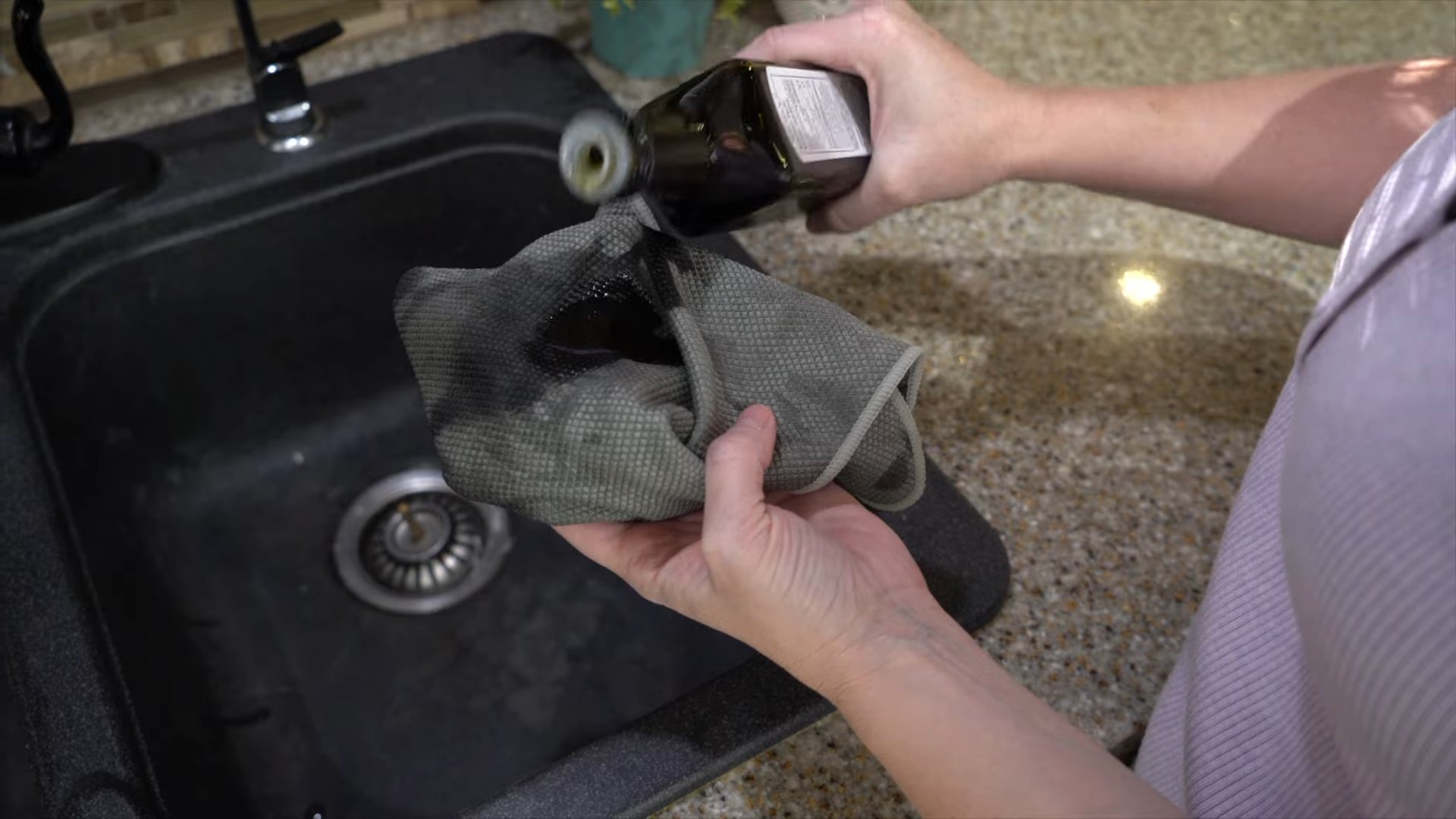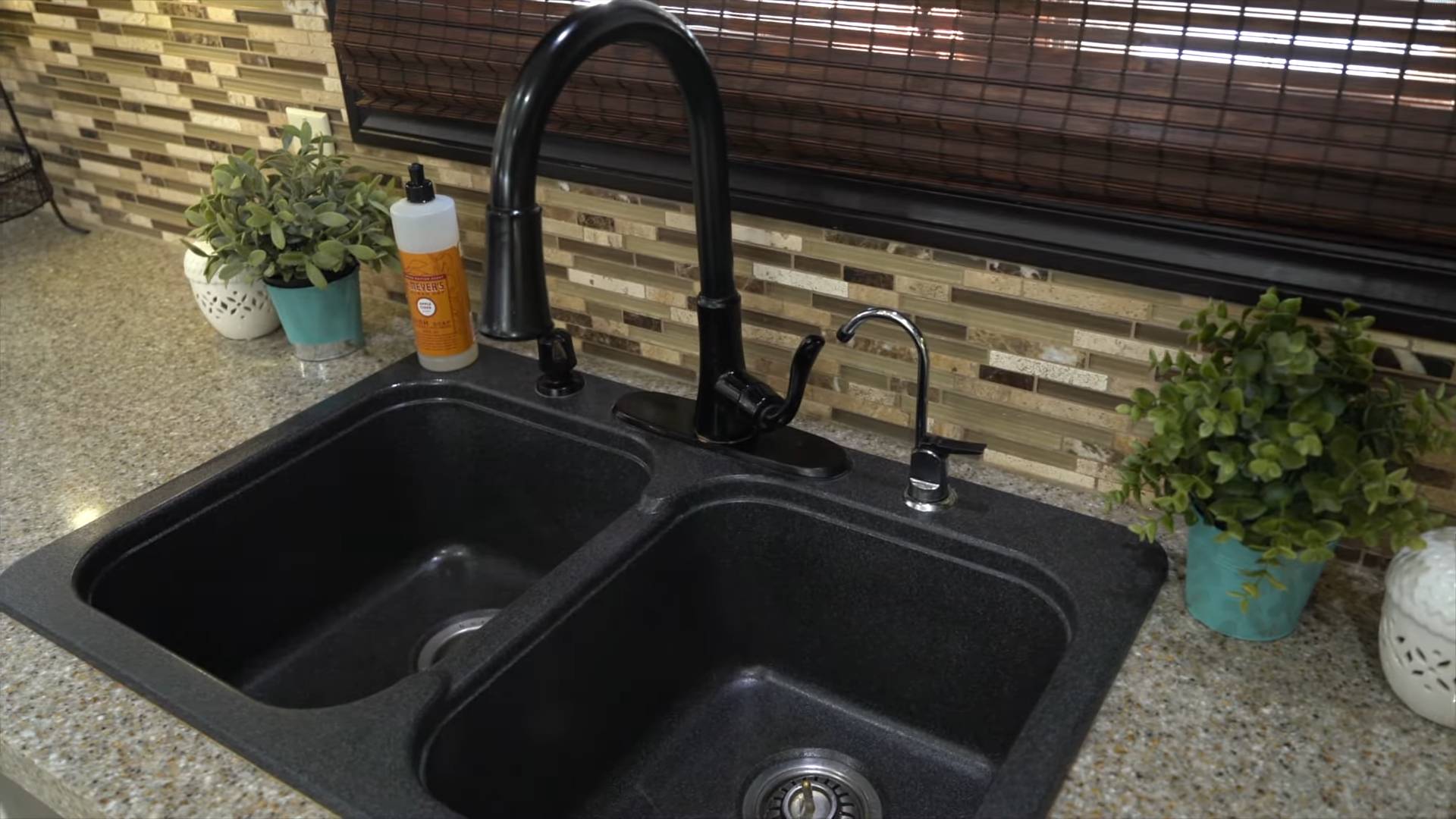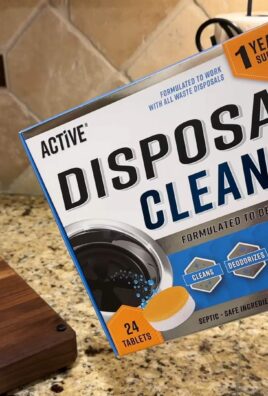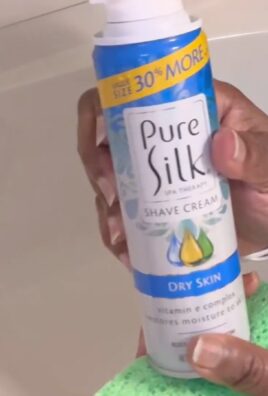Olive Oil Steel Cleaning: Shine Your Way to a Sparkling Kitchen
I’ve always loved the satisfying gleam of perfectly polished stainless steel, but let’s be honest, keeping those appliances and countertops sparkling can feel like a never-ending battle. Scratches, watermarks, and stubborn food stains seem to appear overnight! That’s why I’m so excited to share my favorite olive oil steel cleaning trick – a simple, natural method that’s been passed down through generations and will leave your kitchen looking its absolute best.
The use of olive oil for cleaning isn’t a newfangled invention; in fact, its applications in household cleaning date back centuries. Many cultures have long recognized the power of olive oil’s natural properties, not just for culinary purposes, but also for its ability to nourish and protect various surfaces. From ancient Roman times, where olive oil was a staple in daily life, to modern-day kitchens, its versatility shines through.
Why do you need this olive oil steel cleaning method? Because it’s effective, affordable, and environmentally friendly! Forget harsh chemicals and expensive cleaning products that can damage your surfaces and leave behind a lingering scent. This simple DIY hack uses ingredients you likely already have in your pantry, saving you money and reducing your environmental impact. You’ll be amazed at how easily it removes stubborn grime and leaves your stainless steel with a brilliant, streak-free shine. Ready to discover the secret? Let’s dive in!

Cleaning Your Stainless Steel with Olive Oil: A DIY Guide
I’ve always been a fan of natural cleaning solutions, and when it comes to stainless steel, olive oil is a surprising but effective hero. Forget harsh chemicals; this method is gentle, eco-friendly, and leaves your appliances sparkling. Let’s dive into how I do it!
Gathering Your Supplies
- Extra virgin olive oil (the good stuff!)
- Soft cloths – microfiber is ideal, but old t-shirts work great too.
- Optional: Baking soda (for stubborn stains)
- Optional: Warm water (for rinsing)
Step-by-Step Cleaning Process
- Prepare the Surface: Before you begin, give your stainless steel a quick wipe down with a damp cloth to remove any loose dirt or debris. This prevents scratching and ensures the oil works effectively.
- Apply the Olive Oil: Pour a small amount of olive oil onto a clean, soft cloth. I usually start with about a teaspoon, but you can adjust depending on the size of the area you’re cleaning. Don’t overdo it; a little goes a long way.
- Rub in Circular Motions: Gently rub the olive oil onto the stainless steel surface using circular motions. This helps to distribute the oil evenly and polish the metal. Pay attention to any fingerprints or smudges, focusing your efforts there. The beauty of this method is that you can really feel the difference as you work.
- Buff to a Shine: Once you’ve covered the entire surface with a thin layer of oil, grab a clean, dry cloth. Buff the stainless steel vigorously in the direction of the grain. This step is crucial for achieving that brilliant shine. You’ll notice the oil starts to disappear as you buff, leaving behind a gleaming surface.
- Tackle Stubborn Stains (Optional): For stubborn stains or watermarks, you can create a paste of baking soda and a tiny bit of water. Apply this paste to the affected area, gently scrub with a soft cloth, and then wipe clean with a damp cloth followed by a dry cloth. Remember to always test this on an inconspicuous area first.
- Final Polish: After buffing, use a fresh, clean cloth to remove any excess oil residue. You should be left with a streak-free, sparkling finish. I often use a separate, very soft cloth for this final polish to ensure a perfect result.
- Admire Your Work! Step back and admire your gleaming stainless steel. It’s amazing what a little olive oil can do!
Tips and Tricks for Olive Oil Stainless Steel Cleaning
Over time, I’ve learned a few extra tricks to make this method even more effective:
- Use High-Quality Olive Oil: The quality of the olive oil matters. Extra virgin olive oil is best because it’s less processed and contains more natural oils that help polish and protect the stainless steel.
- Less is More: It’s tempting to use a lot of olive oil, but a little goes a long way. Too much oil can leave a residue, so start with a small amount and add more if needed.
- Work in Sections: For larger appliances, it’s best to work in sections. This prevents the oil from drying out before you can buff it properly.
- Regular Cleaning: Regular cleaning with olive oil helps prevent the buildup of grime and makes future cleanings easier. I aim to do this at least once a week, or more often if needed.
- Avoid Abrasive Cleaners: Avoid using abrasive cleaners or scouring pads on your stainless steel, as these can scratch the surface. The olive oil method is gentle enough for even the most delicate stainless steel.
- Test in an Inconspicuous Area: Before applying the olive oil to the entire surface, always test it on a small, inconspicuous area first to ensure it doesn’t damage or discolor the stainless steel. This is especially important if you’re dealing with a particularly delicate or antique piece.
- For Heavily Soiled Areas: For areas with baked-on food or stubborn grease, you might need to pre-clean with a mild dish soap and warm water before applying the olive oil. This will help the oil penetrate and loosen the grime more effectively.
- Dealing with Water Spots: Water spots can be particularly stubborn. If you’re struggling with them, try using a slightly damp cloth with a tiny bit of olive oil to gently buff them away. Be patient and persistent, and you’ll eventually get them out.
- Protect Your Hands: While olive oil is generally safe, some people may have sensitive skin. If you have concerns, consider wearing gloves during the cleaning process.
Troubleshooting Common Issues
Streaks or Residue
If you notice streaks or residue after cleaning, it’s likely due to using too much olive oil or not buffing thoroughly enough. Try using a fresh, clean cloth and buffing vigorously in the direction of the grain. If the problem persists, try using a slightly damp cloth to remove any excess oil.
Dull Finish
A dull finish might indicate that your stainless steel needs a more thorough cleaning. Try pre-cleaning with a mild dish soap and warm water before applying the olive oil. You might also need to increase the amount of buffing you do.
Scratches
Scratches are usually caused by using abrasive cleaners or scouring pads. The olive oil method is gentle and shouldn’t cause scratches, but if you already have scratches, this method will help to minimize their appearance by polishing the surface.

Conclusion
So there you have it – a simple, effective, and surprisingly satisfying method for cleaning your steel surfaces using nothing more than olive oil! This Olive Oil Steel Cleaning technique isn’t just about achieving a sparkling shine; it’s about embracing a sustainable, cost-effective, and naturally gentle approach to household cleaning. Forget harsh chemicals and abrasive scrubbers that can damage your precious steel appliances and cookware. This method offers a superior alternative, leaving your steel gleaming without the worry of scratches or residue. The gentle abrasiveness of the olive oil, combined with the absorbency of the cloth, effortlessly lifts away dirt and grime, revealing the natural beauty of the steel beneath. It’s a truly transformative experience, leaving you with a sense of accomplishment and a kitchen that looks and smells fantastic.
Beyond the basic method, the possibilities for variation are endless. Experiment with different types of cloths – a microfiber cloth might offer even greater cleaning power, while a soft cotton cloth ensures a streak-free finish. For particularly stubborn stains, consider letting the olive oil sit on the surface for a few minutes before gently wiping. You can also add a few drops of lemon juice to the olive oil for an extra boost of cleaning power and a refreshing citrus scent. For those with sensitive skin, this method is a welcome relief from harsh chemical cleaners, offering a gentler, more natural approach to cleaning. This Olive Oil Steel Cleaning method is perfect for everything from stainless steel sinks and countertops to your favorite cookware.
We strongly encourage you to try this DIY cleaning trick and experience the difference for yourself. Share your results with us! Let us know how this method worked for you, what variations you tried, and any tips you discovered along the way. Your feedback will inspire others and help us build a community of eco-conscious cleaners. Join the conversation and let’s make sustainable cleaning the new standard!
Remember, this isn’t just about cleaning; it’s about embracing a simpler, more natural way of life. It’s about taking control of your cleaning routine and making it work for you, your home, and the environment. So grab that bottle of olive oil and a clean cloth, and get ready to experience the joy of sparkling clean steel, the natural way.
Frequently Asked Questions
What types of steel can I clean with olive oil?
This method works wonderfully on most types of stainless steel, including sinks, countertops, cookware, and appliances. However, it’s always a good idea to test a small, inconspicuous area first to ensure it doesn’t damage any special finishes or coatings.
How often should I use this olive oil cleaning method?
The frequency depends on how often you use your steel surfaces. For everyday cleaning, you can use this method daily or as needed. For less frequent cleaning, you might only need to use it once a week or even less often.
Can I use other oils instead of olive oil?
While olive oil is ideal due to its gentle abrasiveness and natural properties, you could potentially experiment with other mild oils like coconut oil. However, avoid using heavily scented or viscous oils that might leave a residue.
What if I have stubborn stains or watermarks?
For stubborn stains, let the olive oil sit on the surface for a few minutes before wiping. You can also gently scrub with a soft cloth or sponge. For particularly persistent watermarks, a paste of baking soda and water applied before the olive oil treatment can help.
Is this method safe for all types of steel finishes?
While generally safe, it’s crucial to test this method on an inconspicuous area first, especially with specialized finishes or coatings. Always refer to the manufacturer’s cleaning instructions for your specific steel surfaces.
Will the olive oil leave a greasy residue?
No, the olive oil is absorbed by the cloth and doesn’t leave a noticeable greasy residue. However, ensure you use a clean cloth and wipe thoroughly to avoid any lingering oil.
Can I use this method on other surfaces besides steel?
While this method is primarily designed for steel, you can cautiously try it on other smooth, non-porous surfaces. Always test a small area first to ensure it doesn’t damage the surface.
Is this method environmentally friendly?
Absolutely! This Olive Oil Steel Cleaning method is a completely eco-friendly alternative to harsh chemical cleaners, reducing your environmental impact and promoting sustainable cleaning practices.
What if I don’t have olive oil?
While olive oil is recommended for its properties, you can try other mild oils, but always test a small area first. Alternatively, you can use a mixture of baking soda and water for a gentle cleaning solution.
Where can I find more information on sustainable cleaning practices?
Numerous online resources and books offer detailed information on sustainable cleaning practices. Search for “eco-friendly cleaning tips” or “sustainable household cleaning” to find helpful guides and advice.




Leave a Comment